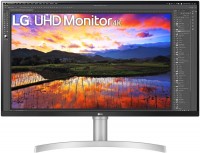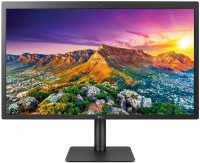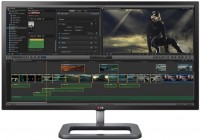Monitors LG series UltraGear (gaming)
prices on 40 modelsLG UltraGear Series
Owners of LG monitors probably paid attention to the company's love for the epithet Ultra, which is used in every second monitor of the company. In the UltraWide line, the Korean giant produces widescreen monitors, the UltraFine series is designed for demanding designers and artists, and UltraGear monitors will be an excellent choice for fans of video games.
 |
The core of the UltraGear series is made up of mid-range IPS monitors that meet most of the requirements of modern gamers. For the most part, these are 24- and 27-inch IPS monitors with a resolution of 1920 x 1080 and 1920 x 1440, a response time of 1 ms and support for AMD FreeSync (often FreeSync Premium). Mandatory attributes for this series are an increased polling frequency (more often 144 Hz, less often 180 Hz), support for HDR content and built-in gaming features like fixed sight or auto-illumination of dark areas. In models with a level above average. in addition to AMD FreeSync, there is an alternative in the face of the NVIDIA G-Sync software and hardware complex. Also, it was in this series that LG first tried the Motion Blur Reduction black frame insertion system, which provides a picture in motion without loops.
Occasionally, thoroughbred widescreen 34- and 38-inch monitors are born in the UltraGear family, designed for particularly demanding players. They stand out due to the reference frame rate (165 – 240 Hz), lightning-fast reaction speed (honest 1 ms), support for HDR content and NVIDIA G-Sync features. Additional equipment often includes a USB hub, built-in speakers, fast charging, RGB backlight and a headphone holder. Excellent examples of this are the LG UltraGear 38GN950 and LG UltraGear 34GN850 models.
It is worth noting that all models of the UltraGear series are made in a single visual style with barely noticeable side frames, a branded V-wing stand and a massive red ring on the back panel, inside which a VESA mount and connection ports are hidden.







